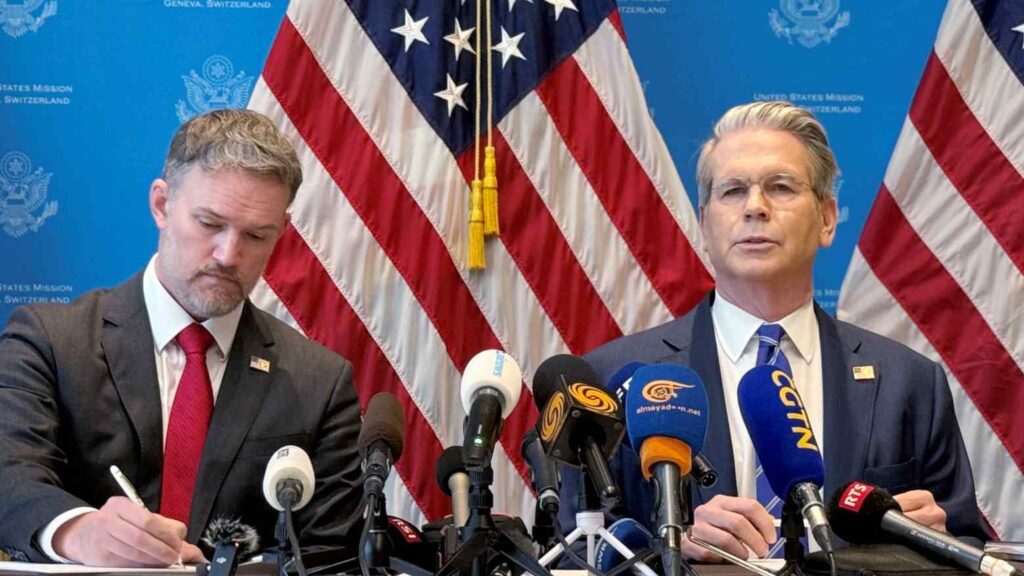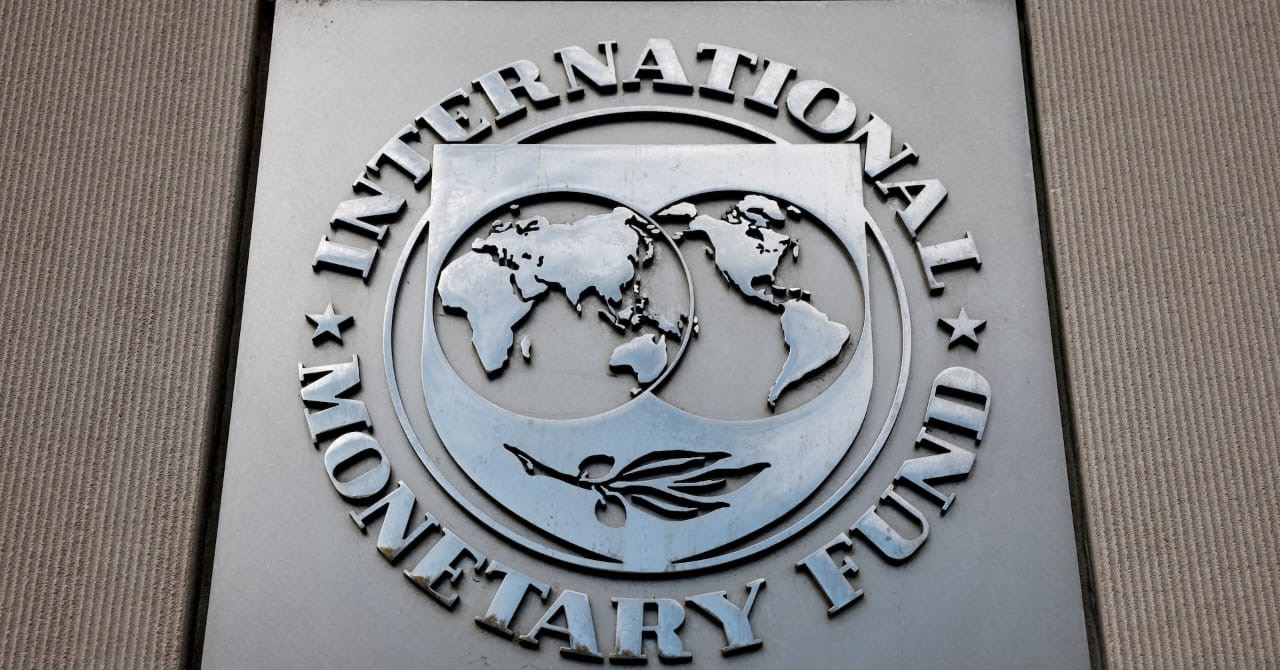
Stock markets experienced a significant upswing on Monday following President Trump’s announcement that discussions over the weekend had led to a “total reset” in trade relations between the United States and China. This development marks a crucial step towards easing the intense trade conflict that has characterised relations between the two nations.
The negotiations held in Switzerland resulted in substantial reductions to the reciprocal tariffs that had been imposed since January. The United States will decrease its tariffs from 145% to 30%, while China will lower its retaliatory tariffs on American goods from 125% to 10%.
President Trump informed reporters that while some tariffs have been suspended rather than entirely eliminated, there is a possibility they could be reinstated in three months if no further advancements are made. However, he expressed confidence that they would not return to the previous peak of 145%. “We’re not looking to hurt China,” Trump stated after the agreement was revealed, adding that China was “being hurt very badly.” He noted, “They were closing up factories. They were having a lot of unrest, and they were very happy to be able to do something with us.” Trump also mentioned that he anticipated a conversation with Chinese President Xi Jinping “maybe at the end of the week.”
Investors reacted positively to the de-escalation, with the Dow Jones and S&P indices climbing over 2.5% at the start of trading on Monday, while the tech-heavy Nasdaq surged by 3.3%. Share indices have been trading above their levels from 2 April, a date referred to as “Liberation Day” by the Trump administration.
The US had previously framed its tariff strategy as a campaign to secure a fairer deal for Americans in international trade, introducing a universal baseline tariff on all imports. Approximately 60 trading partners, labelled by the White House as the “worst offenders,” faced higher tariffs, including China. In retaliation, Beijing imposed its own tariffs, leading to a cycle of escalating levies that caused a sharp decline in share prices.
Under the new agreement, the US will reduce the “reciprocal” tariff on Chinese goods, initially announced on “Liberation Day,” to 10%. However, this higher tariff rate will be suspended for 90 days rather than permanently removed. The US will also maintain an additional 20% tariff aimed at pressuring Beijing to take stronger action against the illegal trade in fentanyl, a potent opioid.
In response, China will also reduce its retaliatory tariffs to 10%, with the same three-month suspension in effect. Furthermore, China has committed to “suspend or remove” all non-tariff barriers against the US. Existing tariffs, including those specific to sectors such as steel and automobiles, will remain in place, although additional retaliatory tariffs imposed later have been completely rescinded by both parties.
This retreat comes as the initial effects of the tariff war are becoming evident, with US ports reporting a notable decline in the number of vessels scheduled to arrive from China. Factory output in China has slowed, and there are reports of companies laying off workers due to dwindling US orders. China’s commerce ministry described the agreement as a significant step towards “resolving differences,” which would facilitate “deeper cooperation.”
Tat Kei, a Chinese exporter of personal care appliances to the US, whose factory employs 200 people in Shenzhen, welcomed the announcement but expressed concerns about future developments. “President Trump is going to be here for the next three-and-a-half years. I don’t think this is going to be the end of it… not by a long shot,” he told the BBC.
Elaine Li, head of Greater China at Atlas Ways, a firm that supports Chinese enterprises in their global expansion, echoed this sentiment, suggesting that many Chinese businesses would view the reprieve as temporary. “For businesses, the best they can do is build a moat around their company before the next round of tariffs arrives,” she remarked.











